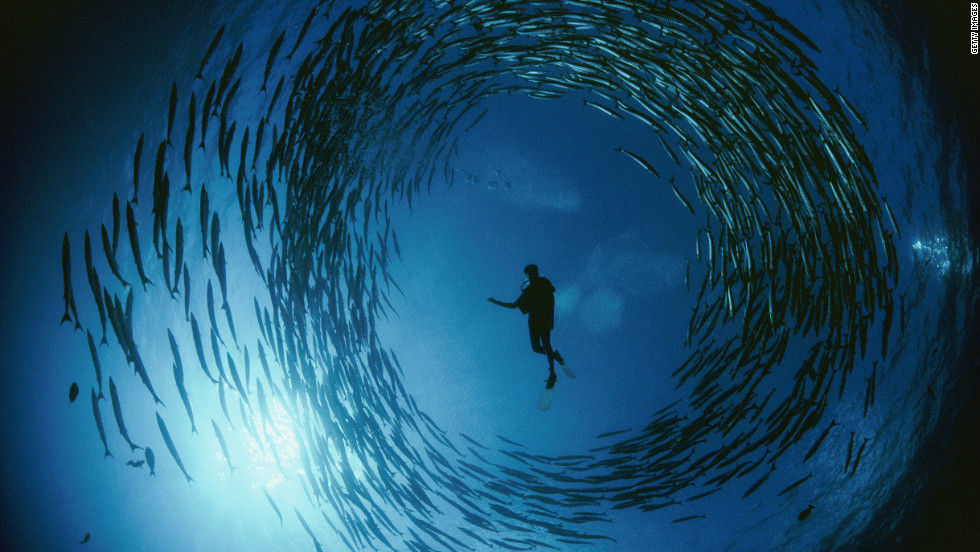Chasing Plastic
- Ashley Anderson

- Mar 20, 2020
- 3 min read
Updated: Oct 23, 2020
A global tragedy.

Plastic is a leading killer in the marine world. Each year, thousands of animals die from ingesting plastic as well as entanglement. A team of researchers performed a US geological survey throughout eight water locations in Colorado. The mission of the study was to collect samples of rainwater, but what they received were small particles of plastic making up 90% of the survey. The researchers reported that it was literally "raining plastic." Plastic is everywhere, and it will be here for a long time to come, but isn't that the goal? Wasn't it the goal to create a material that would last for a long time, something that would make life convenient? Plastic has done its job, and it will always be around because it never actually entirely breaks down. The team that collected surveys expected to find plastic remnants within the streams located in urban areas, but they were surprised to find them in the remote sources water as well.
What Does The Problem Look Like For Wildlife?
While the organisms living in the ocean have broken down tiny particles for thousands of years, the molecules that make up plastic is not found anywhere in nature; therefore, there is not a single animal that can effectively breakdown plastic entirely. Most of the plastic will break down into microplastics that eventually fall to the bottom of the ocean. Microplastics act as magnets for harmful chemicals such as pesticides. When chemicals leach onto the plastic, it further pollutes the ocean complicating the situation. When a fish eats the plastic waste, the next fish in line is harmed, causing a chain reaction. Unless something in the deep ocean evolves, the plastic will never be broken down and will remain in the sea for years to come. The Environmental Protection Agency (EPA) claims that every piece of plastic that has ever been made still exists.
It has been discovered that fish in the North Pacific ingest anywhere from 12,000 to 24,000 tons of plastic each year, causing problems higher up on the food chain, which further damages ecosystems. Plastic bags are commonly mistaken as jellyfish to animals such as turtles. Some might think, "why does the animal not regurgitate the plastic if it is harmful?". Sea turtles have teeth-like structures called "papillae" that face the back of their mouths to help them trap slippery jellyfish. When they mistake the plastic as a jellyfish, the plastic will lodge itself in the turtles' esophagus, and this will often result in death. Another harmful effect plastic has on wildlife is entanglement. Unlike humans, marine life cannot maneuver their way out of being trapped in an object. This can especially be harmful to animals that must surface for air. If a dolphin or whale gets trapped in a fishing line and is unable to remove themselves, they will drown.
The Great Pacific Garbage Patch
An example that puts the plastic problem in perspective is the great Pacific Garbage Patch. The garbage patch is a gyre (a large system of circulating ocean currents) that accumulates plastic debris. The stretch of garbage is estimated to be 994 miles containing 80,000 tons of plastic. This is only a fraction of the plastic that can be found in the ocean.

Taking Action- Is recycling the right thing to do?
Nearly 1 million animals die every single year from plastic; a material made selfishly by humans to create an easier lifestyle. The question presides, how can we, as a population, reverse the tragedy? Many turn to recycle; however, it is being discovered that recycling could be doing more harm than good to our environment. Not all plastics are recyclable! When in doubt, throw it away! When combining recyclable plastics with non-recyclables, instead of keeping the one and throwing the other away, the entire pile will be thrown away defeating the purpose of recycling, so always be sure you know what goes where. It is also a possibility that recycling is a contributing factor to greenhouse gasses. So what are we supposed to do? Christy Leavitt, the head of Oceana's U.S. Plastics campaign, said it best, "we are not going to recycle our way out of this problem," in other words, reduce your single-use plastics.
The ocean is vital for our survival, and we owe it protection, yet we seem so intent on destroying it. As long as the seasons continue to change, and the waves wash the shore, we have the responsibility to treat it with a gentle and kind spirit. Change starts with you. Share about ocean conservation, limit your plastic use, participate in local clean-ups, support plastic bans, and remain positive in knowing that what you are doing is going to work.

*I do not own the rights to the beautiful images chosen for this post*









Comments